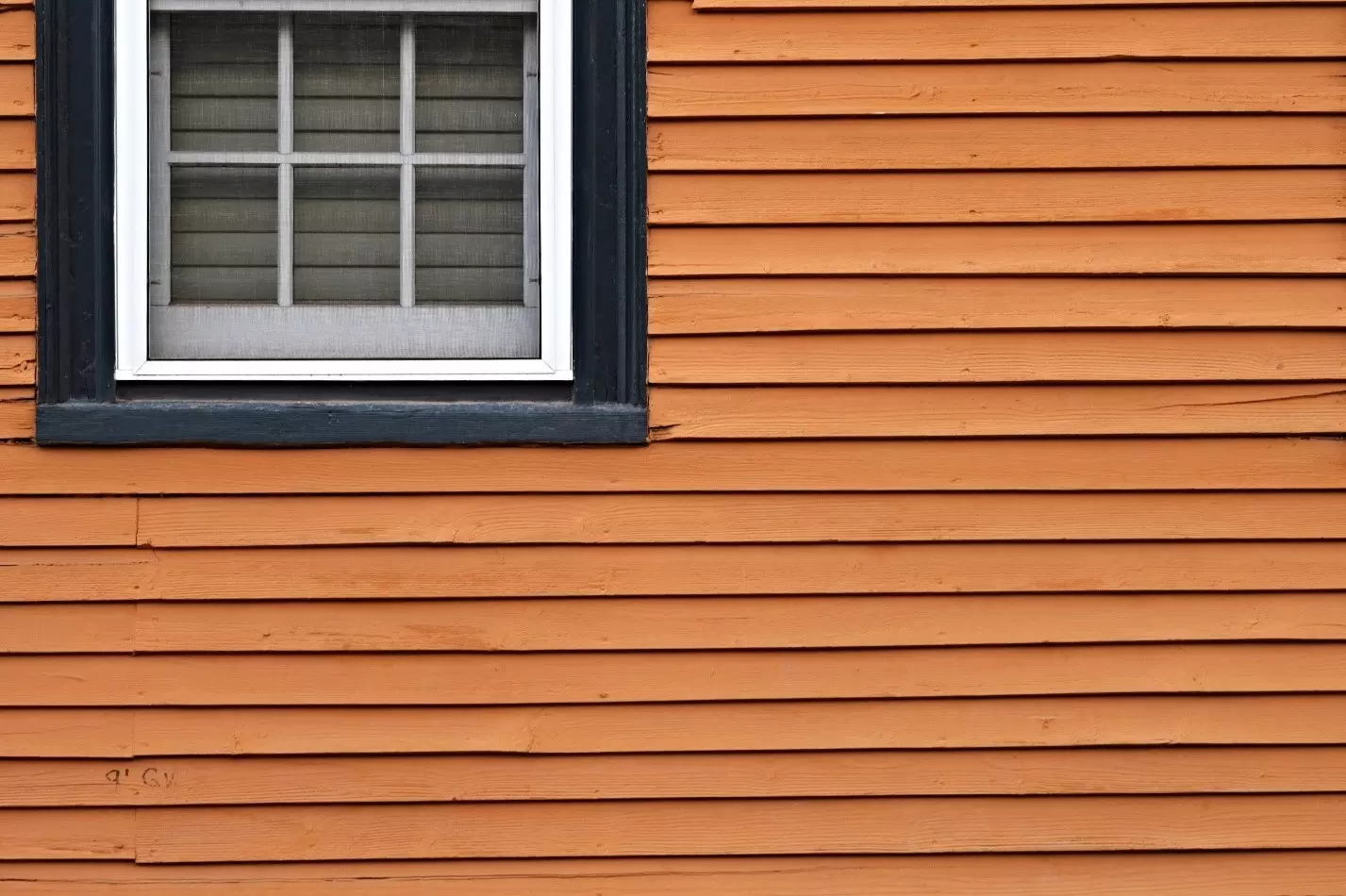
Do you watch those home improvement shows and think to yourself “I can do that?” Well, when it comes to residential siding, you certainly can do it yourself. You just need to know how –and have the proper tools. Plus, you need to have your new siding on hand. You also need this guide, which will help you get started with the process.
Choose Your New Siding
This is the very first step. Without new home siding, there is little purpose to remove the old exterior wall coverings on your home. You’ll need to measure the sides of your home exactly, including the length, width, and height, in order to determine exactly how much of this new siding that you’ll need.
If you’re unsure, just go to any home improvement store that sells exterior siding, show them your measurements, and they’ll be able to determine everything for you. It’s important to buy a little bit extra, just in case you make a mistake while cutting some of your siding pieces down to size. If you don’t have any extra on hand, you’ll have to stop the installation process and go to the store in the middle of the job.
You might also find that one batch is dyed or painted slightly differently from the others, which could be quite a problem if you only need one piece to fill in for the mis-cut one. While you’re at it, don’t forget to buy the trim and corner pieces!
Gather Your Tools
Once you’ve chosen your preferred siding colors and it’s been delivered to your home, it’s time to gather your tools. You’ll need a power saw to cut the pieces down to the correct size, some tin snips to help with slicing the small parts, and a good old fashioned measuring tape, for obvious reasons. In addition to this, you’ll need some sawhorses and a piece of board to put between them.
This acts as a workstation for the measuring and cutting process. Plus, you’ll have to have some safety goggles, a stud finder, nails, a hammer (do not use an electric one, as most of the pieces are latched together as they are hung), a level, and of course, a ladder. You also need some help. This is not a job for one person.
Remove the Old Siding
Next, you need to remove the old siding. Since siding is mostly hung onto the exterior of your home, you won’t have to worry about taking out a bunch of nails. You might find that only certain parts of it are anchored down to the walls. However, if the person who last hung your siding didn’t know what they were doing, there could be dozens upon dozens of nails to remove. There’s no way of knowing until you start.
Also, it’s recommended that you start at the top of one side of your house and work your way down when removing the siding. Complete that side fully – installation and all – before moving on to the next.
Take Care of Any Necessary Repairs
As you’re removing the old siding, you might find that parts of your house need to be repaired. Some of the original wood window frames might be crumbling, or the walls under the siding could need to have a few boards replaced. No matter what you find, these repairs need to be made before you hang the new siding up.
Otherwise, the issues will just get worse and may even make portions of your house structurally unsound.
Don’t Forget the Insulation
Also, you might want to install some insulation between your house’s original exterior and the new siding. This is a good idea unless your siding has the insulation built in. Some types have this layered inside of them. If you chose the type that doesn’t, then you’ll need to add this in on your own. Thankfully, installing insulation is easy. You just tack it up, hold it in place with a few nails, and then install the siding over it. This ensures that your house is well insulated. There’s nothing wrong with lower heating and cooling bills!
Measure Twice, Cut Once
Finally, it’s time to install that new siding. Start at the top of your house and work your way down, cutting pieces as needed and interlocking them together. You should only need to use a few nails here and there, particularly at the top, whether everything needs to be anchored.
Depending on the size of your home, you might need to use a scaffolding system, although if you have a single-story house, this won’t be much of an issue. You can just use a ladder in that case. The main thing to remember during the installation phase is the old adage, “measure twice, cut once!”
